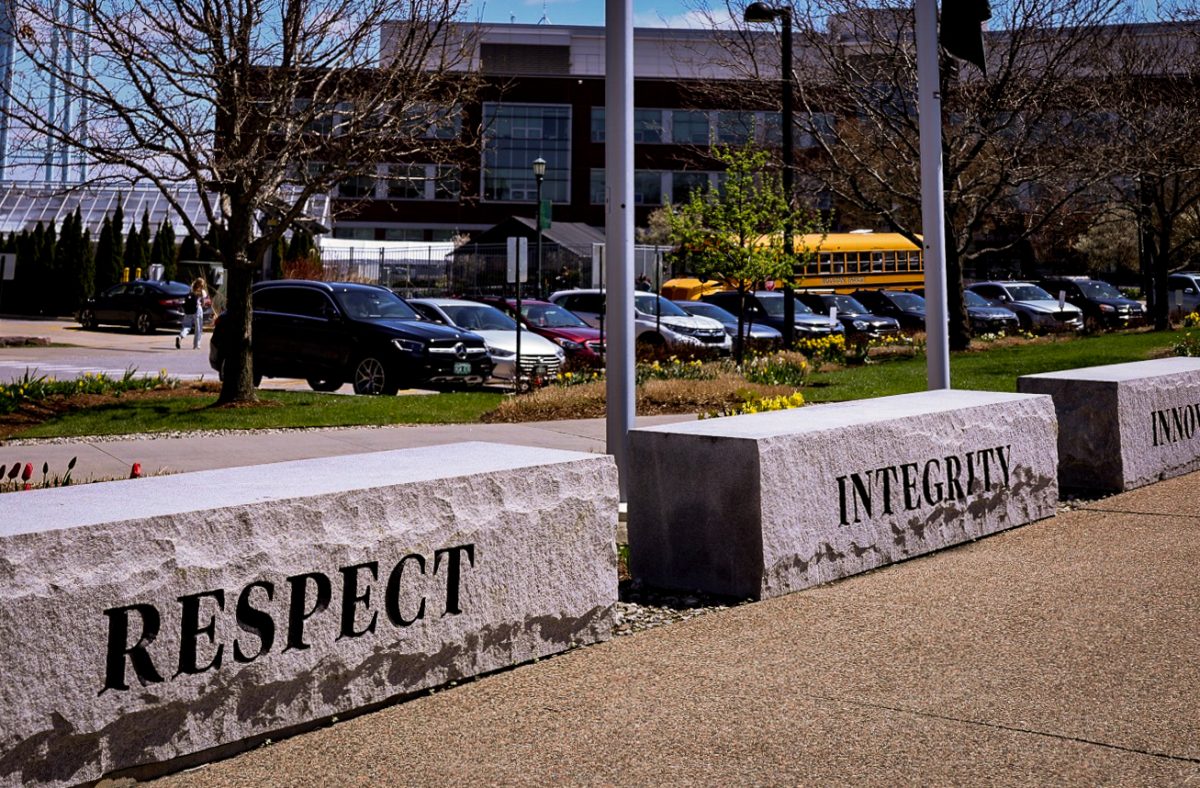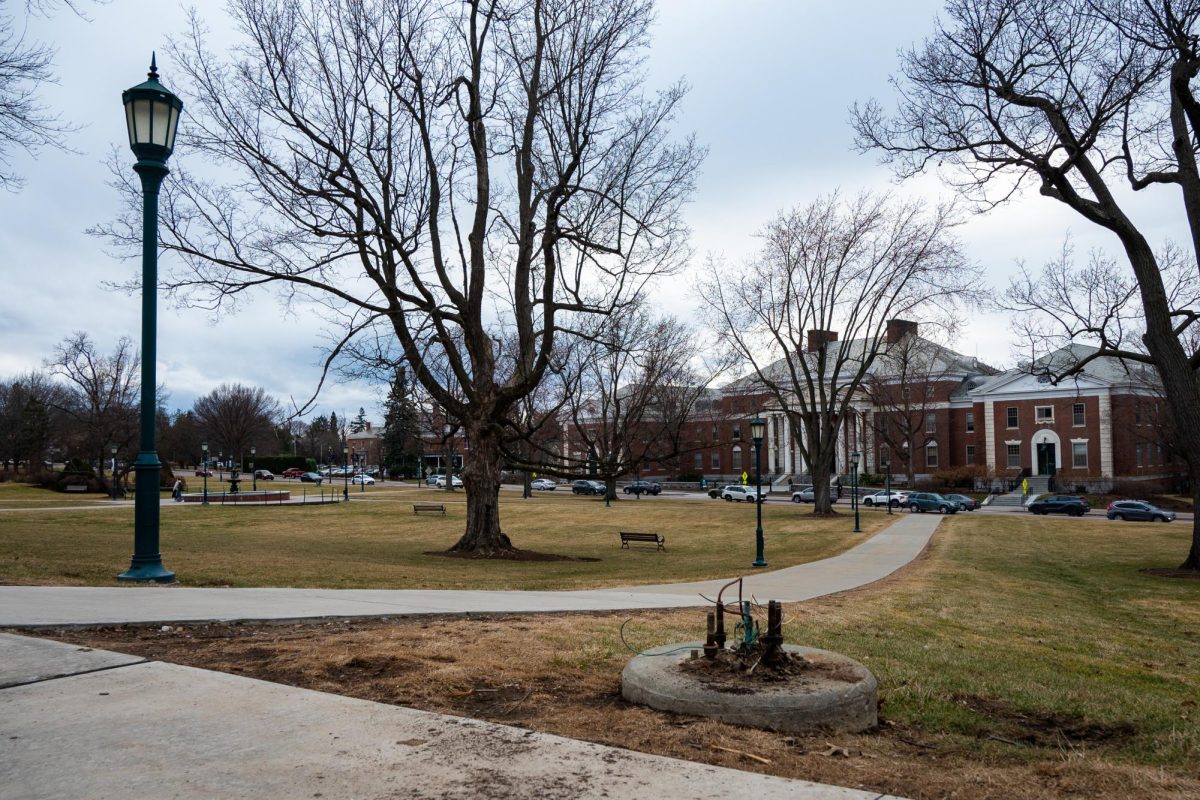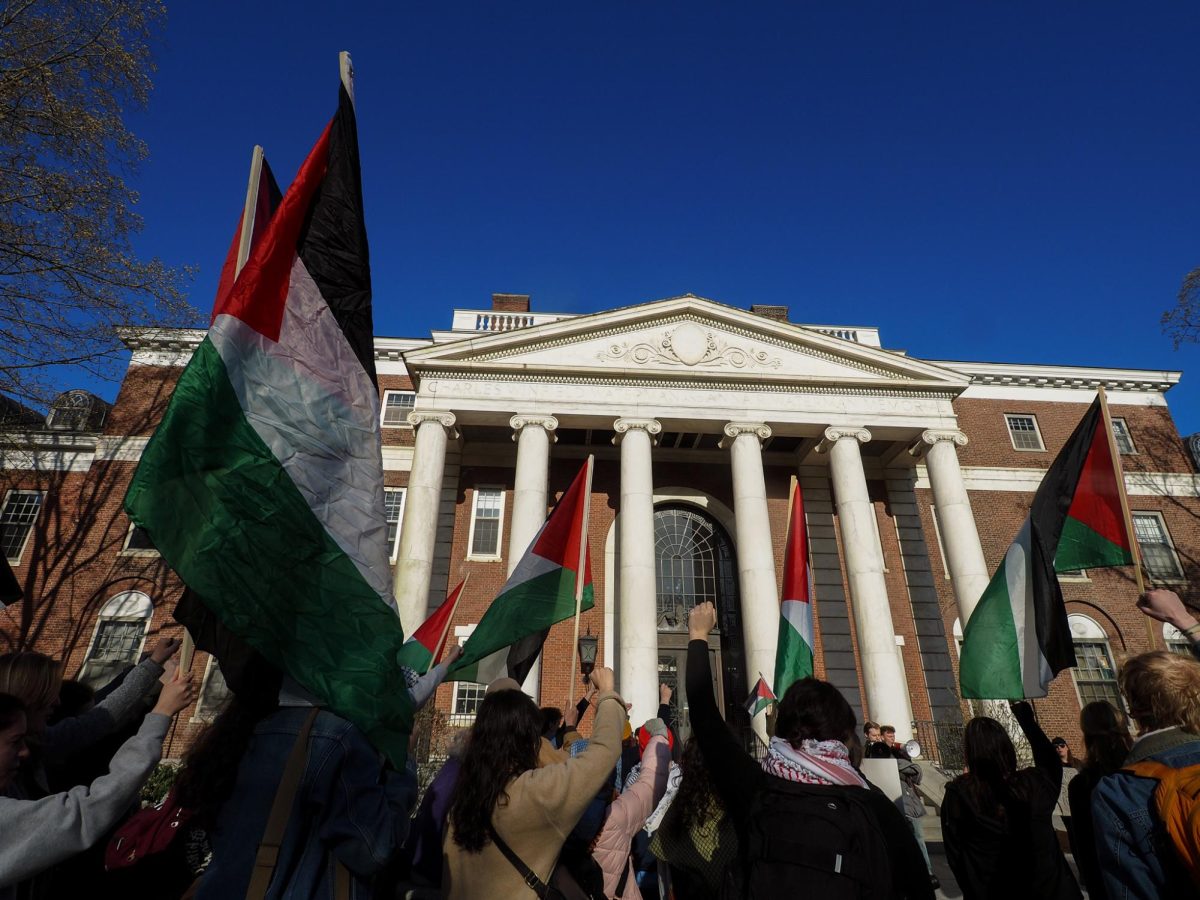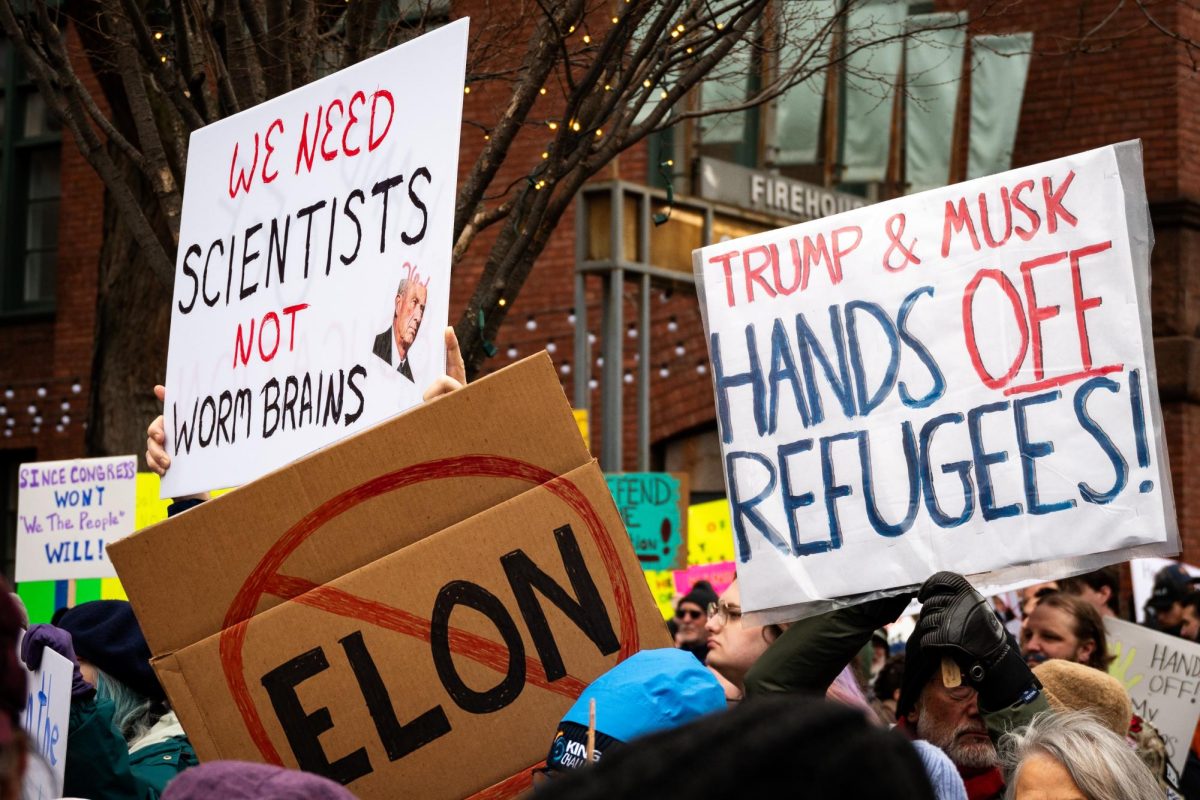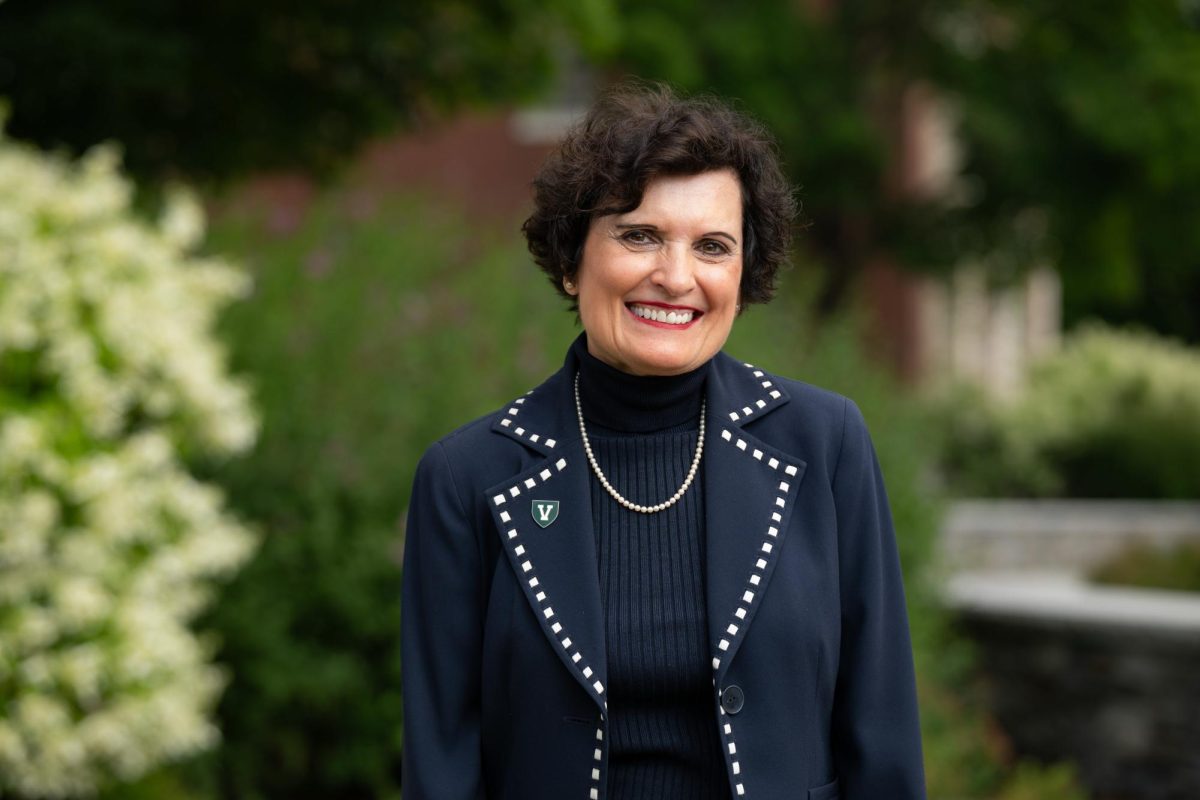In 1974, university officials decided to eliminate football from UVM’s sports budget. The team had been wallowing in mediocrity, regularly competing against smaller Division II and Division III opponents. At the time it seemed like the right, albeit painful, thing to do. 31 years later Vermont is one of two states without a state university playing football. The other state is, you guessed it, Alaska for several logistical reasons like weather and travel expenses. This said, UVM athletics in 2005 are thriving like never before. However, one would expect a university of our caliber and prestige and tradition to have a football program of some sort. This comes as a disappointment to many members of the university community as well as much of the state. Just imagine: waking up Saturday morning to tailgate with all of your friends, then heading to the stadium and watching the action unfold on the gridiron, listening to the marching bands, sporting all of your finest green and yellow attire, taking in the pageantry and beauty of college football. The sun sets, the game ends. Final score: UVM 31, Dartmouth 27. Catamount fans head home satisfied with an exciting win over the rival Big Green, anxiously awaiting next year’s “Connecticut River Shootout.” If the university had kept football 31 years ago, this is probably how we’d spend our Saturdays. Instead, football fanatics have to sit idly by, spending their weekends watching football on television. According to Athletic Director Bob Corran the biggest hurdle to the reintroduction of football is financial. He estimated it would take tens of millions of dollars to start up a football program, as UVM would be required to play in Division I-AA and would not be allowed by the NCAA to play down to lower divisions like before. The university would have to construct a multi-million dollar football stadium, hire a coaching staff of roughly 20 people, recruit athletes and give them scholarships – a process which would probably take 5-10 years once things are set in motion. Once all this is accomplished, Corran said, “This would give us permission to maintain losses of one or two million dollars for the first several years.” There are very few I-AA schools who manage to make money from their football programs because there just isn’t the advertising, exposure, and ticket revenue in football below the Division I-A level to turn a profit. The administration had an epiphany three years ago, and became committed to athletic excellence. Since then nearly every team has experienced newfound success. The university now has national recognition from the success of the men’s basketball team, and the hockey team is poised to become a national power. New facilities are being built, and existing ones are undergoing facelifts; the campus is buzzing with excitement and bulldozers. We don’t just have one very competitive team- we have several. Schools like Michigan and Notre Dame have homecoming centered around one big game. UVM homecoming involves six games. UVM and Vermont in general are special places blessed with history and natural beauty. They ooze independence and individuality. Vermont has never been afraid to be a little backwards and neither should its state university. In the absence of football Vermont athletics have only gotten stronger. Vermont and UVM are about tradition and spirit, and 2005 sees no lack of Catamount Fever, even without a football team. And so autumn Saturdays are spent with friends on the green, in the gym, at the beach, on Church Street, in the woods, at soccer games, or at a hockey game. It’s quintessential UVM, no need for a stadium with so much to do.
Categories:
UVM Football-Undefeated since 1974
October 18, 2005
4
More to Discover


